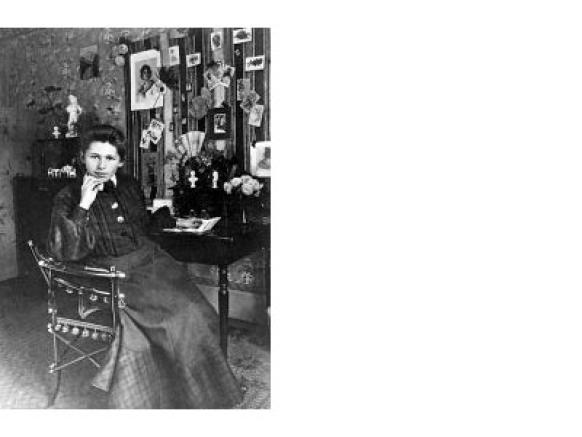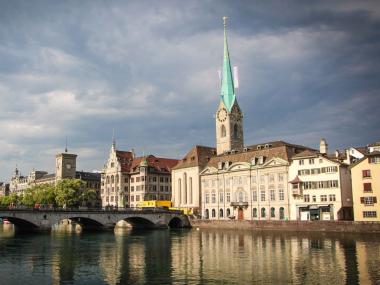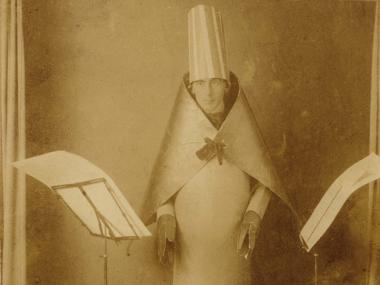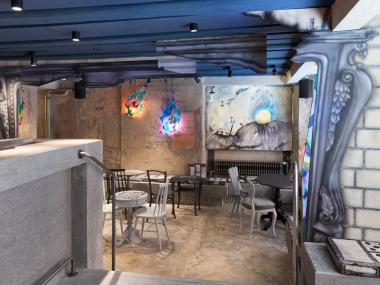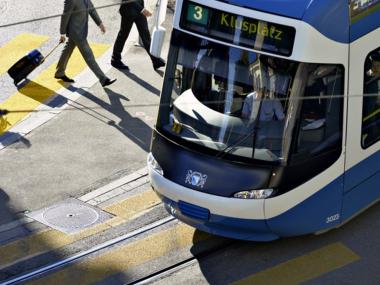Who is who? – Founding members of Dada Zurich
Hugo Ball (1886 – 1927)
Hugo Ball, a former theater director from Munich, was the initiator of the Cabaret Voltaire and thus automatically, so to speak, the father of the Dadaists. However, he left the movement just a few months later, as he felt that Dadaism was developing in the wrong direction. His initial euphoria for the new, noisy art movement gave way to incomprehension for the – as he described it – increasing nonsense of his Dada colleagues.
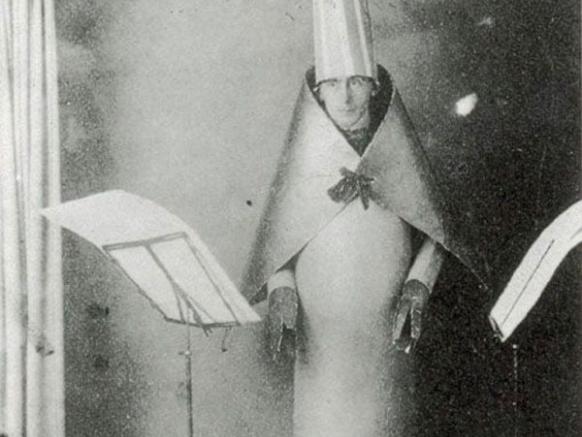
Emmy Hennings (1885 – 1948)
Emmy Hennings came to Zurich from Germany with Hugo Ball. She sang chansons and wrote her own poems and books. She left Zurich with Ball to live in Ticino, where the couple fostered a close friendship with Hermann Hesse.
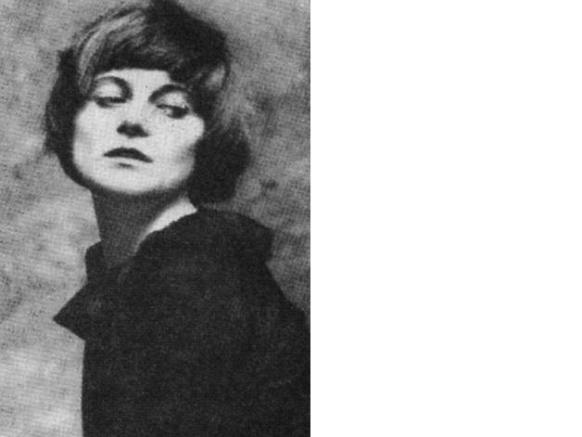
Marcel Janco (1895 – 1984)
Marcel Janco (3rd from left) came to Zurich from Romania to study architecture at the Swiss Federal College of Technology (ETH). He soon became acquainted with Hugo Ball and Emmy Hennings, and co-founded Dada with them. He exhibited his pictures at the Cabaret Voltaire and together with Tristan Tzara and Richard Huelsenbeck performed simultaneous poems in German, French and English, the best known of which is “L’amiral cherche und maison à louer”.
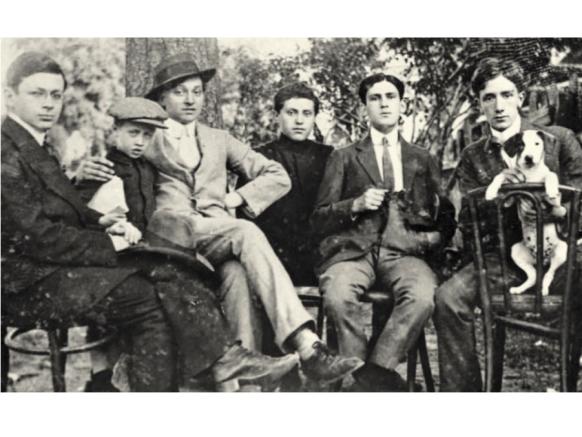
Tristan Tzara (1896 – 1963)
Tristan Tzara, whose real name was Samuel Rosenstock, came to Zurich from Romania, just like Marcel Janco. He quickly became one of the most important advocates and promoters of Dadaism. He wrote for Dada journals and made the movement known in France, Berlin and New York by means of shrewd promotional campaigns.
Richard Huelsenbeck (1892 – 1974)
Richard Huelsenbeck wrote the famous Dada Manifest, which was signed in 1918 by the majority of the movement’s protagonists and which spoke out explicitly against Expressionism. As the Dada chronicler, he founded a Dada faction in Berlin together with George Grosz, Raoul Hausmann and others.
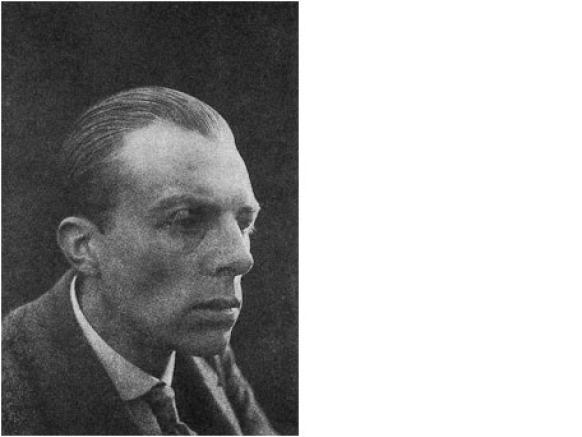
Hans (Jean) Arp (1886 – 1966)
Hans (Jean) Arp studied at the Kunstschule in Weimar, Germany, before settling in Weggis, Switzerland, with his father. He was friends with Wassily Kandinsky and very close to the “Der Blaue Reiter” group. While carrying out an assignment for Tristan Tzara, he got to know Hugo Ball, Emmy Hennings, Marcel Janco and Richard Huelsenbeck and founded the Dada movement with them.
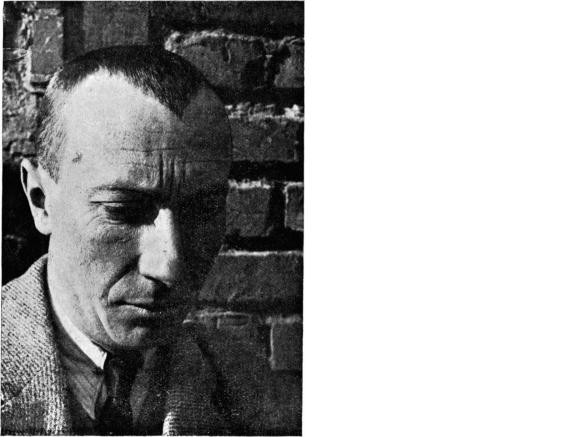
Sophie Taeuber-Arp (1889 – 1943)
Sophie Taeuber-Arp found her way to the Cabaret Voltaire through Hans Arp. After attending Rudolf von Laban’s School of Dance and spending several summers living in an artist colony on the Monte Verità in Ascona, she taught textile art at the Zurich Kunstgewerbeschule. She performed cubist dances at the Cabaret Voltaire. In her search for new art forms and materials, she created the first constructive and concrete works of art, and is regarded as the precursor of this genre. Nowadays, her portrait features on the 50 Swiss franc banknote.
